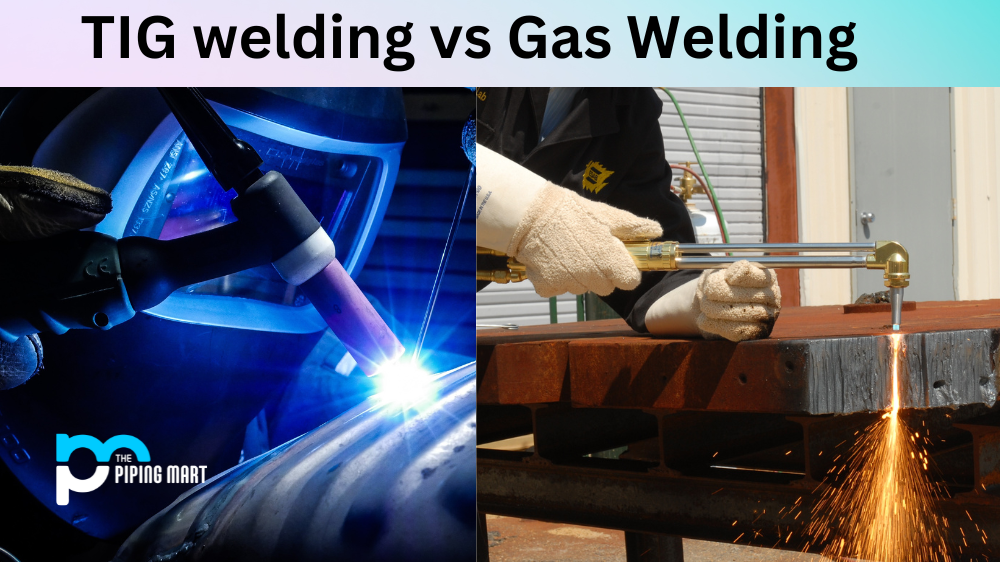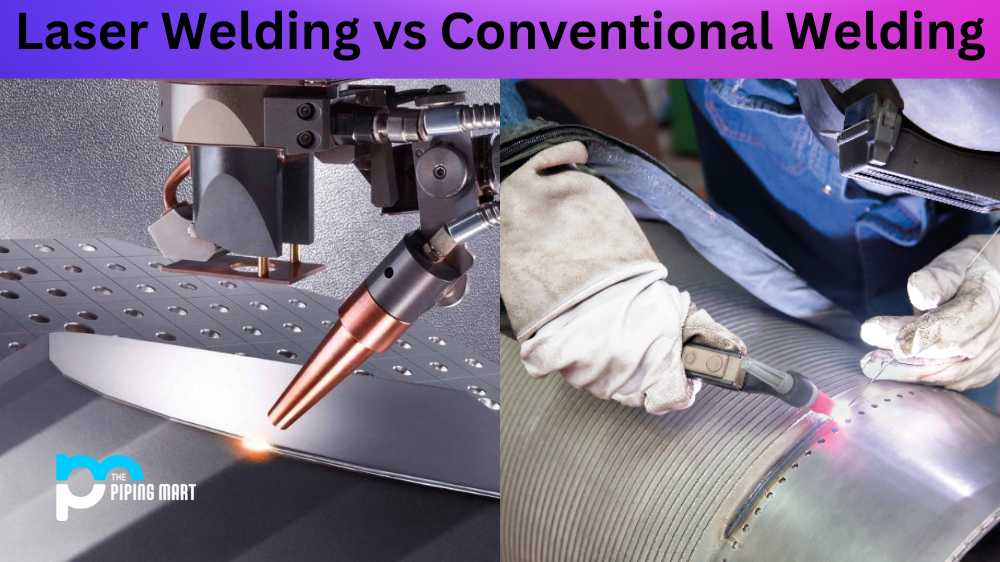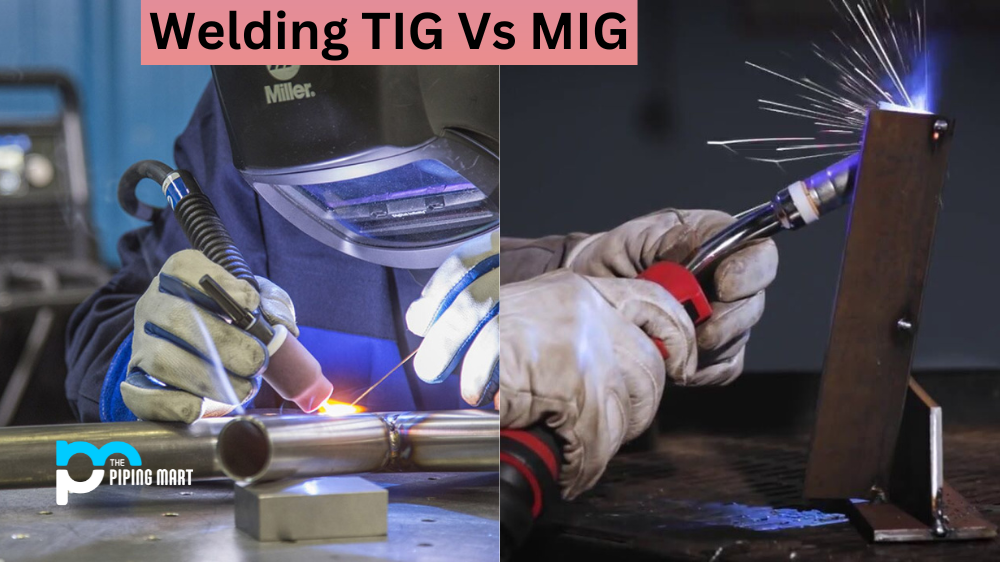If you’re looking to weld metal, you’ve likely come across two main welding methods – gas welding and TIG welding. Let’s look at what sets these two types of welding apart and how they compare.
Gas Welding
Gas welding involves melting two pieces of metal together with a torch and burning a mixture of oxygen and acetylene or MAPP gas. This type of welding is often used in projects like home repairs, auto body work, and even jewellery making. It has excellent portability due to the small size of the torch. It can be used on many different metals, including steel, aluminium, cast iron, stainless steel, brass, copper, bronze and more.
TIG Welding
TIG (inert tungsten gas) welding is an arc welding process that uses a non-consumable tungsten electrode to produce the weld. A filler material is added as needed depending on the material being welded. The process has high-quality welds with clean finishes compared to other welding processes, such as oxy-acetylene or shielded metal arc welding (SMAW). It’s also capable of producing welds in tight spaces. It can be used on thinner materials than other processes, such as oxy-acetylene or SMAW, because it does not require as much heat input into the base material. The downside is that it requires more skill than other processes because it involves manually feeding filler wire while manipulating the torch with the other hand.
Difference Between TIG welding and Gas Welding
Advantages of TIG Welding
Some advantages of TIG welding include its efficiency, versatility, and the quality of the welds it produces. As mentioned above, TIG welding is more efficient than gas welding as it does not consume the electrode during the welding process. Additionally, TIG welding can be used on various materials, including aluminium and stainless steel. Finally, TIG welds are typically cleaner and more robust than gas welds.
Disadvantages of TIG Welding
Some disadvantages of TIG welding include its cost and the fact that it requires more skill than gas welding. TIG welders are typically more expensive than gas welders, making them less accessible for hobbyists or those just starting in welding. TIG welding requires more skill than gas welding, as it is essential to maintain a steady hand when using a non-consumable electrode.
Advantages of Gas Welding
Some of the advantages of gas welding include its affordability and simplicity. Gas welders are typically less expensive than TIG welders, making them more accessible for hobbyists or those just starting in welding. Gas welding is generally simpler to perform than TIG welding, as it requires a different level of skill or precision.
Disadvantages of Gas Welding
Some disadvantages of gas welding include its efficiency and the quality of the welds it produces. As mentioned above, gas welding is less efficient than TIG welding as it consumes the gas used during the welding process. Additionally, gas welds are typically less clean and strong than TIG welds.
Conclusion:
When it comes down to deciding between TIG vs gas welding, there are several factors to consider, such as portability, the skill level required, the cost of equipment/materials needed and the quality/finish desired out of your project. Gas welding offers easy portability for projects requiring travel. Still, it may need more quality than the TIG welder, which requires more skill but provides superior results for your project needs. Ultimately only you can decide which method best suits your needs based on all these factors, so do your research before starting any project!

Pipingmart is a B2B portal that specializes in metal, industrial and piping items. Additionally, we share the latest information and information about materials, products and various types of grades to assist businesses that are involved in this business.




